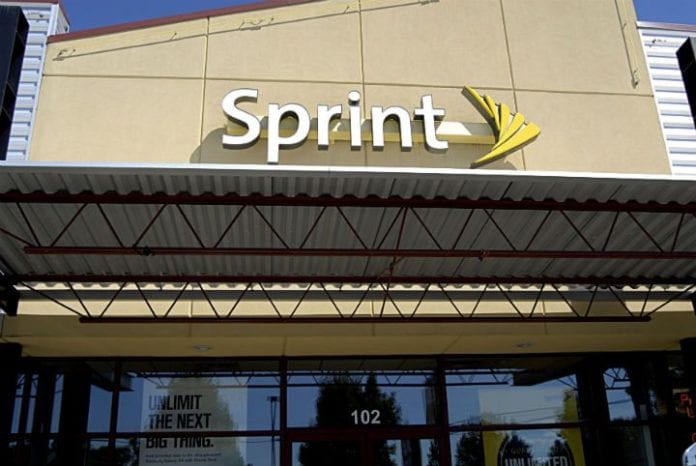Sprint reiterates role of massive MIMO in 4G and 5G plans
Carrier presenters at the Deutsche Bank 2018 Media, Internet and Telecom Conference made clear the race for the best position relative to 5G is very much on. Sprint CFO Michele Combes laid out the “main pillars” of the company’s strategy, which all boil down to being a “differentiator around 5G. We can be the 5G company, leveraging our assets plus the SoftBank assets.”
Combes said the strategy revolves around network, value proposition around unlimited data offerings, customer retail experience and “transformation of the company…I strongly believe that there is still a lot to extract to reduce our costs to become more agile, to improve the experience for the customer and let’s say get the right financial resources from our operations that we invest in our network, in value proposition and in customer experience.”
Back to 5G, Combes reiterated Sprint’s plan to have the “first, national wireless 5G network in 2019. We believe that we have the best assets in order to go there. We have the best in terms of spectrum. We have both mid-band and depth, so which means the ability to really build a nationwide network, a 5G network.”
Combes is referencing Sprint’s massive 2.5 GHz spectrum portfolio, which is key to the company’s ongoing improvements to LTE network and laying the groundwork for 5G.
Sprint CTO John Saw discussed the role of massive MIMO deployments and spectrum position during Mobile World Congress in an interview with RCR Wireless News. He said massive MIMO is “our secret weapon to getting 5G built simultaneously with 4G. You need two enabling things. One is massive MIMO…The second thing is spectrum. What we can do,” Saw said, “is we can use the Ericsson massive MIMO radios, split it physically in two, then allocate some spectrum for LTE and 5G, then simultaneously broadcast in both modes. As we add more to the 2.5 GHz, and we densify with LTE and add 5G at the same time, we call it killing two birds with one stone.”
Beginning in April the carrier will start to deploy in Chicago, Ill.; Dallas, Tex.; and Los Angeles, Calif. as its initial markets, with Atlanta, Ga.; Houston, Tex.; and Washington, D.C. to come later this year. From there, Saw said massive MIMO would reach 100 markets.
Part of Sprint’s ongoing network densification strategy involves working with cable operators Altice and Cox to leverage the MSOs network footprint. The deals are different in nature, with the Altice arrangement including an MVNO component, but Combes said the end goal is “access to their infrastructure in order to let’s say, roll out small cells…we are let’s say contemplating to roll out thousands of small cells on their infrastructure.

